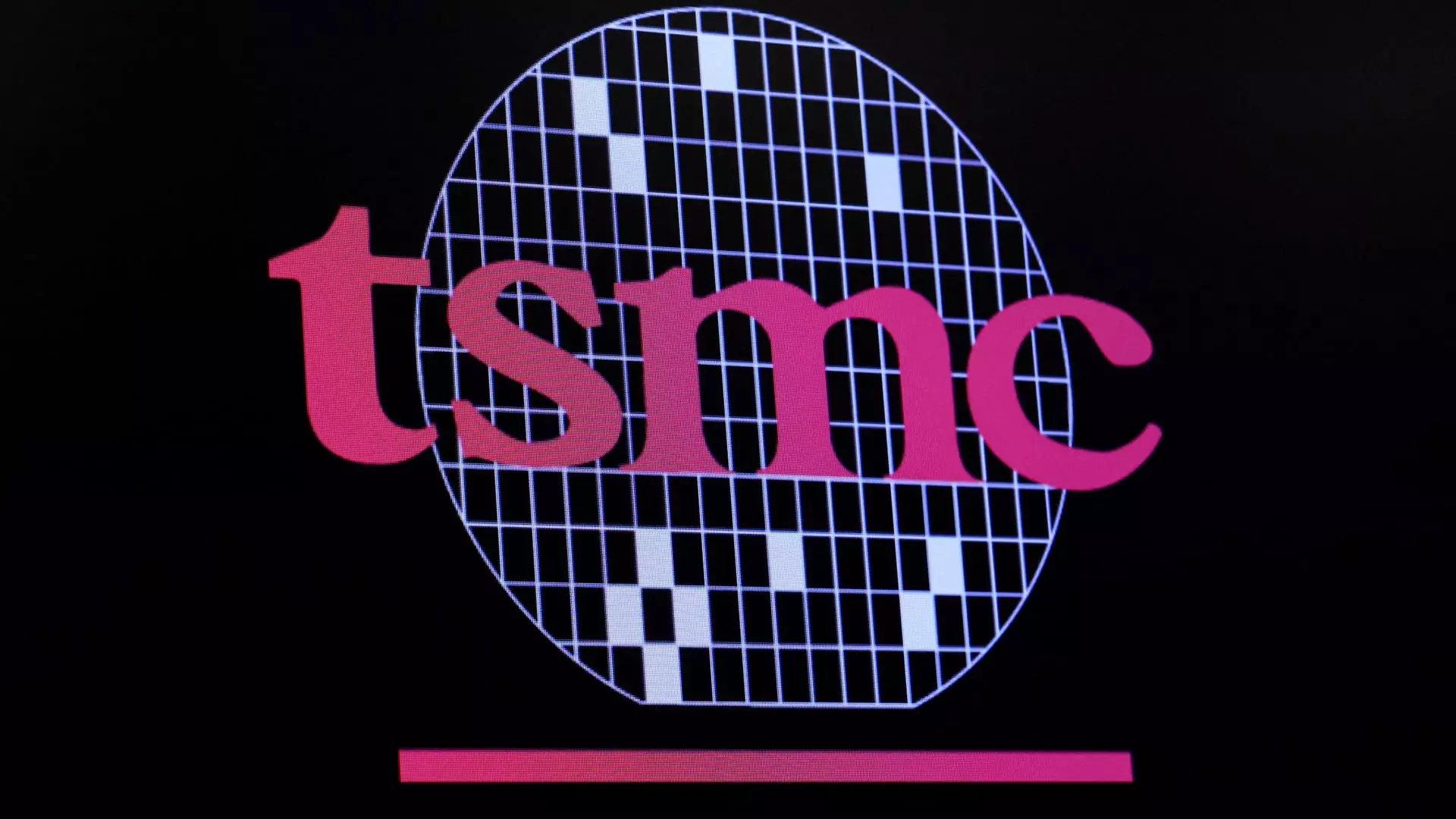Bank of America recently released a series of stock recommendations ahead of earnings season. While the firm is known for its expertise in the financial sector, some of the recommendations made raise concerns about their validity and potential pitfalls for investors. There are several key points to consider when evaluating the reliability of these recommendations.
One of the main issues with Bank of America’s recommendations is the overly optimistic growth projections for certain stocks. For example, the recommendation to buy shares of CompoSecure, a maker of metal credit cards, is based on the belief that the company is “poised for stellar growth.” However, the analysis fails to provide concrete evidence to support this claim, relying instead on vague statements about the company’s market share and innovative product offerings.
Another troubling aspect of Bank of America’s recommendations is the lack of a thorough risk assessment for the recommended stocks. For instance, the recommendation to buy shares of Eletrobras, a Brazilian electric utilities company, fails to acknowledge the inherent risks associated with investing in emerging markets. While the analyst cited potential positive catalysts for the company, such as higher power prices and accretive asset sales, there is no mention of the potential downside risks that could impact the stock price.
Furthermore, the recommendations from Bank of America appear to be based on limited market research and analysis. The firm’s analysis of Taiwan Semiconductor, for example, fails to provide a comprehensive overview of the competitive landscape in the semiconductor industry and how the company plans to maintain its market share in the face of increasing competition. Without a detailed market analysis, investors may be misled into making uninformed investment decisions based on incomplete information.
The rationale provided by Bank of America for its stock recommendations is also questionable. For example, the recommendation to buy shares of Broadcom is based on the company’s purported transformation from a value stock to a growth stock, driven by artificial intelligence and synergies from recent acquisitions. However, the analysis fails to delve into the specifics of how these growth drivers will impact the company’s bottom line and justify the premium valuation that the analyst assigned to the stock.
Lastly, it is important to consider the potential conflicts of interest that may influence Bank of America’s stock recommendations. The firm’s reputation and credibility are at stake when issuing buy recommendations for certain stocks, as these recommendations can have a significant impact on the stock price and investor sentiment. Without transparency around the firm’s research methods and potential biases, investors may question the reliability of the recommendations and the underlying motivations behind them.
While Bank of America’s stock recommendations may appear compelling on the surface, a critical analysis reveals several key issues that investors should consider before acting on these recommendations. It is essential for investors to conduct their own due diligence and research before making investment decisions, rather than relying solely on the recommendations of financial firms like Bank of America.

